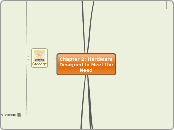door Jacob Lamb 2 jaren geleden
204
Internal Computer Components
Random Access Memory (RAM) is a crucial component in computers, providing temporary storage for running processes and applications. It is located on the motherboard and can be expanded through additional slots.









